Quick Facts
Origin: Anterior spinal artery.
Course: Extend into the anterior median fissure of the spinal cord.
Branches: None.
Supplied Structures: Anterior two thirds of spinal cord.
Origin
Several central arteries (or sulcocommissural arteries) arise from the anterior spinal artery. Up to eight central branches per centimeter of the anterior spinal artery were observed (Turnbull, Brieg and Hassler, 1966).
Course
The central arteries pass posteriorly into the anterior median fissure of the spinal cord. As they reach the anterior commissure, they alternate right and left to supply each half of the cord (Standring, 2020). At the lumbosacral enlargement, the left and right branches arise from a common trunk. The branches from adjacent arteries overlap each other to supply overlapping territories of the spinal cord (Jones et al., 2013).
Branches
There are no named branches.
Supplied Structures
The central arteries supply the anterior two thirds of the spinal cord, including the anterior commissure and adjacent white matter of the anterior columns, anterior horns, bases of the posterior horns, the posterior thoracic nucleus (Clarke’s column), corticospinal tracts, spinothalamic tracts, anterior portions of gracile and cuneate fasciculi, and the region surrounding the central canal of the spinal cord (Jones et al., 2013).
References
Jones, H. R., Burns, T., Aminoff, M. J. and Pomeroy, S. (2013) The Netter Collection of Medical Illustrations: Nervous System, Volume 7, Part 1 - Brain e-Book. Elsevier Health Sciences.
Standring, S. (2020) Gray's Anatomy: The Anatomical Basis of Clinical Practice. 42nd edn.: Elsevier Health Sciences.
Turnbull, I. M., Brieg, A. and Hassler, O. (1966) 'Blood supply of cervical spinal cord in man. A microangiographic cadaver study', J Neurosurg, 24(6), pp. 951-65.
Learn more about this topic from other Elsevier products





